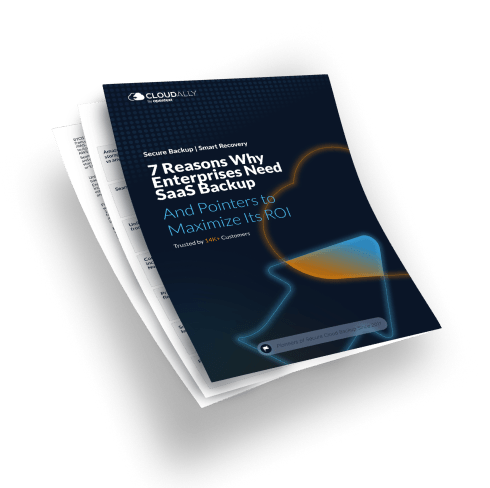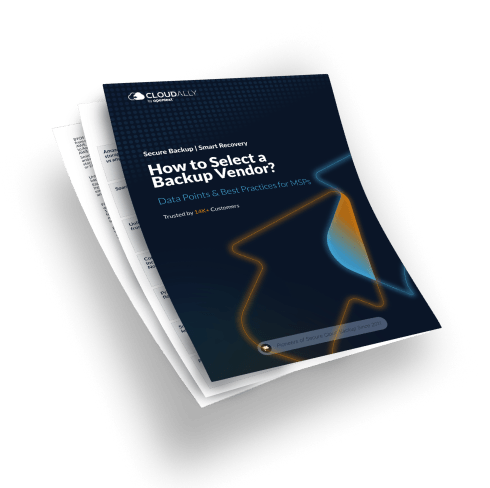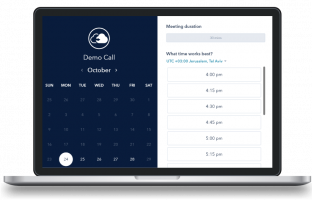What are Backup Solutions?
Backup solutions refer to the methods and systems used to copy and store data to protect it from loss, corruption, or disasters. These solutions ensure that copies of data, whether they be files, databases, or entire systems, are available for recovery in case the original data is lost or compromised. Backup solutions can range from simple file copying to sophisticated cloud-based and off-site storage strategies.
Benefits of Backup Solutions
Backup solutions offer a host of advantages such as:
- Data Protection: Safeguards critical data against loss due to hardware failures, human errors, cyber-attacks, or natural disasters.
- Business Continuity: Ensures that businesses can quickly recover from data loss incidents, minimizing downtime and operational disruptions.
- Compliance: Helps in complying with legal and regulatory requirements for data protection and retention.
- Peace of Mind: Provides peace of mind knowing that important data is secured and can be restored when needed.
- Version Control: Allows recovery of earlier versions of data, which can be crucial for tracking changes or undoing mistakes.
Types of Backup Solutions: Cloud Backup vs On-Premise Backup
When planning a backup strategy, organizations typically consider two primary backup solutions: Cloud-based backup solutions and On-premise backup solutions. Both come with their unique advantages and potential downsides. Let’s compare Cloud Backup vs On-Premise Backup
Cloud-based Backup Solutions store data on remote servers, usually dispersed across various geographical locations. This makes them inherently resilient to localized disruptions. The cloud provides scalable storage capacity, accommodating growing data needs without significant hardware investment. Additionally, cloud backup solutions often offer automated backup scheduling, ensuring that data is frequently and consistently backed up. However, these solutions depend on reliable internet connectivity, and restoration times can be prolonged if the data volume is large.
On-premise Backup Solutions, on the other hand, store data on physical servers located on the organization’s premises. This allows for greater control over the data and faster restoration times, particularly useful when dealing with large volumes of data. On-premise solutions also offer high levels of security and privacy, as they keep the data within the organization’s physical and network boundaries. However, these solutions can be vulnerable to local disruptions (such as power failures or natural disasters), require significant upfront investment in hardware, and demand ongoing maintenance and periodic upgrades.
In conclusion, the choice between cloud-based and on-premise backup solutions should be made considering the organization’s specific needs, including data volume, budget, available IT resources, and the organization’s tolerance for downtime. A hybrid solution, combining aspects of both cloud and on-premise solutions, could also be a viable alternative for organizations seeking to leverage the benefits of both.
Why is Cloud Backup Better Than On-Premise Backup?
Cloud Backup solutions offer several advantages over On-premise backup solutions, making them increasingly popular among businesses of all sizes.
Firstly, scalability is a significant advantage of Cloud Backup. As your data grows, cloud systems can easily scale up to accommodate this growth, without requiring additional hardware investments.
Secondly, Cloud Backup offers greater resilience to disruptions. Since your data is stored in multiple geographically dispersed locations, it’s less likely to be affected by localized events such as natural disasters or power outages.
Thirdly, Cloud Backup solutions typically include automated backup scheduling features, ensuring consistent and regular backups without manual intervention. This significantly reduces the chance of data loss due to oversight or human error.
Lastly, Cloud Backup solutions usually provide cost savings. The pay-as-you-go model eliminates large upfront hardware costs associated with On-premise Backup solutions, and you only pay for the storage you use. Also, it reduces the need for ongoing maintenance, which can be significant in an On-premise solution.
However, it’s important to note that Cloud Backup is not a one-size-fits-all solution. Some organizations may still prefer On-premise Backup due to factors such as faster data restoration times, greater control over their data, and specific regulatory requirements. Therefore, organizations should carefully consider their unique needs and circumstances before deciding on the best backup solution.
Steps to Implement Cloud Backup Solutions
- Assess Your Business Needs: Begin by identifying the volume and type of data that needs to be backed up. This includes considering how frequently the data changes, the level of sensitivity, and any regulatory compliance requirements.
- Choose the Right Cloud Backup Provider: Evaluate different providers based on their security measures, scalability, reliability, and cost. Make sure the provider can meet your specific business needs.
- Define Your Backup Strategy: Decide how frequently backups should occur – this could be hourly, daily, or weekly. Also, determine your retention policy, which is how long you keep each backup.
- Configure Your Backup Solution: Set up the backup process according to the chosen strategy. This includes selecting which data will be backed up, setting the backup schedule, and specifying the retention period.
- Test Your Backup Solution: Conduct initial tests to ensure that the backup process works as expected. This should include testing the restoration process to confirm you can recover your data when needed.
- Monitor and Maintain Your Backup Solution: Continually check the backup process to ensure it’s functioning correctly and make any necessary adjustments. Regular reviews and updates are crucial as your business evolves and grows.
By following these steps, businesses can implement a robust cloud backup solution that provides reliable data protection and continuity in the face of unexpected disruptions.
CloudAlly’s cloud backup offers stringently secure, audit-ready, comprehensive multi-SaaS backup and recovery with one intuitive tool. Max your ROI with one feature-rich tool for all your SaaS platforms – Microsoft 365, Google Workspace, Salesforce, Dropbox, and Box including Groups, Teams, OneDrive, SharePoint, Public folders, shared Drives, and Archives. Plus exceptional customer support, no-commitment licensing, and pay-as-you-go pricing.
Book a quick demo now or Schedule a free 14-day trial and never face cloud data loss again!








